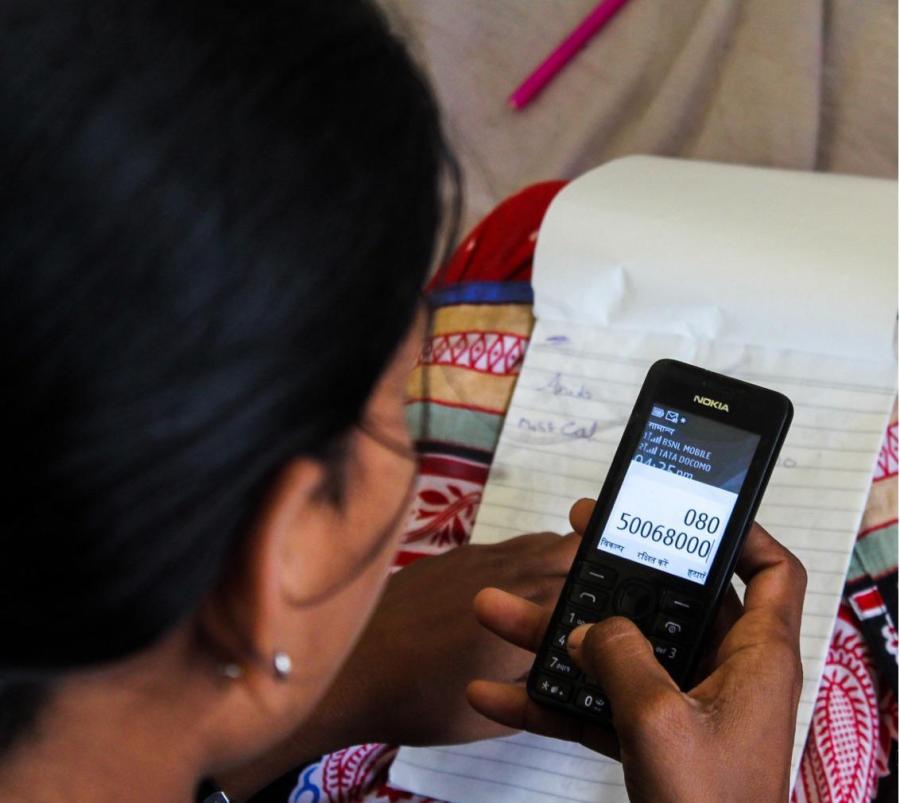The world's tens of millions of working children are found in most sorts of societies, on every continent. They are employed primarily because they are children. This makes them an obedient, pliable workforce without even the rudimentary rights that exploited adults have. They are also employed because of their parents' absolute poverty and the vulnerability that breeds.
All children who work because they have to because if they did not they would starve instead of suffering malnutrition or, at best, an inadequate diet - are exploited. But some of their peers bear a double workload. They are the super-exploited.
Thailand
In Thailand it is a tragedy to be born poor. It is a double tragedy to be born poor and pretty. Poor children from the provinces become part of the captive juvenile labor force; the poor and pretty do their version of child labor in somebody's bed or brothel.
Bangkok today has the invidious distinction of being the world's only completely open market for the buying and selling of children. During the January to March dry season, trainloads of children prepubescent, confused, often alone - arrive in the capital city, mainly from the northeast.
As many as 500 of these children arrive each week. They change hands for prices of between $100 and $150, although lower prices are not unknown. Once bought, these children, in effect, become slaves. The living merchandise is bought for life or until no longer wanted.
Children with the shortest working life are those exploited for their youthful attractiveness. In Thailand, particularly in the northern town of Chiang Rai, there is a third factor in the exploitation equation: ethnicity. Girls from both sides of the Thai-Burmese border are being prostituted because of their poverty, sex and "exotic" allure.
The tribes providing most of the girls are the E-Kaw and Thai Yai. Their parents relinquish them to "brokers" for about 4,000 baht (approximately US $125), a fortune to a hill family which can earn only 2,000 baht a year at the most. There are no reliable statistics for the number of tribal girls in brothels. The only certainty is that there are now some hundreds in Bangkok alone and that their number is increasing.
One short-lived tribal prostitute was an E-Kaw girl named Ah Deh. According to the Human Rights in Thailand Report she was 11 years old when, on her first night in Bangkok, she ended up in a hospital, hemorrhaging after losing her virginity. She had been promised a job in the capital, but had been placed in a brothel. Like most hill girls from the north, she spoke no. Thai. Her client paid 5,000 baht.
When, earlier this year, there were moves to introduce stricter control over prostitution, a northern Thailand MP, Chaweng Wongyai, said legislation would not stop corrupt police from extortion and that his constituents would suffer because girls from the north send home more than $2 million a year from their earnings as prostitutes.
There are thought to be in excess of a half million prostitutes in Thailand - about one percent of the population. Although some of the tribal girls return to their villages, many of them do not. They are worn out at 16 or so and are forced to offer their bodies for a few pennies. Many of Thailand's child workers end up in Bangkok's notorious slums built on and around gigantic rubbish heaps. Some - like the prostitutes who posthumously made the headlines because they died, chained to their beds, after their brothel caught fire in the small resort town of Phuket - don't even get that far.
It is Thai nationals, women as well as men, who maltreat their child workers. It is Thai middlemen who procure children for prostitution. Thai men, particularly in the provinces, are among the clients. But it cannot be ignored that the flesh trade became an industry during the Vietnam War, when 60,000 or so members of the US armed forces were stationed in the country. Thailand is still a center for "rest and recreation" for American military personnel in the region. Recently, European and Japanese organized "sex tours" reinforce this exploitation.
India
The ethnic factor also plays its part in India. The Harijans, Mahatma Gandhi's Children of God or, as the bureaucrats call them, the scheduled castes, are at the bottom of the socio-economic pile. It could be argued that the adivasis the 60 million or so indigenous peoples of India, are even more exploited. These people are outside the illegal but de facto caste system and, in practical terms, have no rights at all. They are as poor as the Harijans but do not enjoy even the glimmerings of a protection that the Harijan community is occasionally afforded. Their ethnicity is an extra burden.
The official figure for Delhi's beggars is 10,000; the unofficial is at least 50,000. What is not at issue is that approximately 30 percent are minors. Many of them have been kidnapped or bought from starving, parents for as little as US $5. As in Thailand, cruelty is commonplace.
India's millions of malnourished and poverty-wracked children are found working all over the sub-continent, but those doubly exploited, the poorest of the poor, belong to either the scheduled castes or the scheduled tribes. They suffer because of poverty and because of their group status.
Swami Agnivesh, founder of the Delhi-based Bonded Liberation Front and a member of the Anti-Slavery Society's general committee, estimates that "75,000 children are languishing under the most inhuman forms of exploitation in the carpet-making region of the state of Uttar Pradesh. As many as 10,000 of these juvenile bonded laborers are from Bihar, and almost all of them, according to the Swami, "belong to the most vulnerable communities of Harijans and adivasis." Some of these children are only seven years old.
Article copyright Cultural Survival, Inc.



